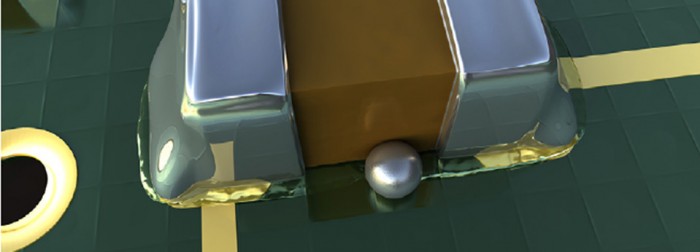My friend and colleague Jim Hall of ITM pointed out that the reliability of "mixed" (i.e. lead free and leaded solder and finishes) technology was a hot topic at APEX last week. The biggest concern was mixing tin-lead solder with SAC BGA solder balls.
I have mentioned in the past, that I don't think "the sky is falling" Re lead-free reliability. Motorola has over 100 million lead-free cellular phones in the field with no unusual quality or reliability issues. In addition, considerable work has been performed by NEMI and other organizations supporting the fundamental belief that lead-free reliability is "equal or better" to tin-lead reliability.
However, there are two caveats with my perspective:
1. The data to support very long term "high reliability" applications, probably doesn't exist yet.
2. "Mixed" technology, discussed above, has in some cases shown poorer reliability.
One way to minimize (I did not say eliminate!) this concern, in the BGA example above, is to assure that the reflow temperature is high enough to completely melt the SAC solder ball (say 225C). Although the properties of this 4 element alloy (tin, lead, silver, copper) is a variable, it has been shown to have better properties than a partially reflowed SAC ball/tin-lead paste combination reflowed at say 210C. A photo of a improperly reflowed (temperature below 225C) SAC solder ball with tin-lead paste is shown above from work by Chung etal, 52nd ECTC S04-P7, San Diego, CA, May 28-31 2002. The weak grain structure is evident.
So if you are stuck with this mixed technology, to minimixe risk see about optimizing your process at a high enough temperature so that the SAC BGA balls melt. However, clearly it is best to avoid "mixing" lead-free and tin-lead alloys in the first place.
Cheers,
Dr. Ron


